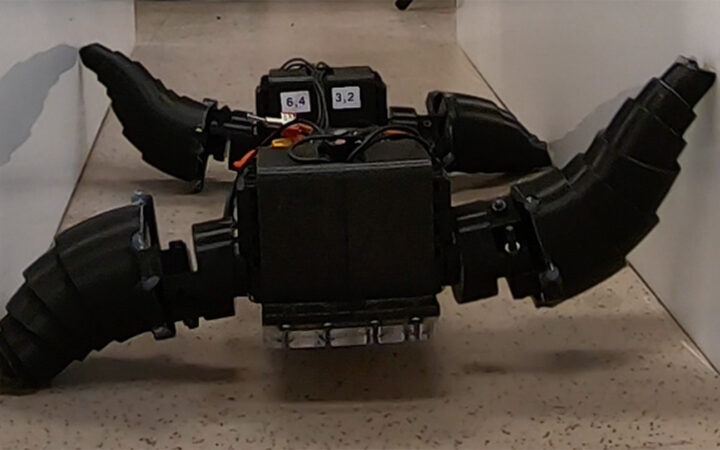

Fooling the brain — Science News, March 20, 1971
Chronic pain can be treated surgically by severing nerves or by destroying a small part of the brain that perceives pain, but these methods are destructive. Doctors … are now treating selected cases of chronic pain … by using electrical impulses [on the spinal cord] to fool the brain.
Update
In 1971, the idea to treat chronic pain by sending electrical impulses to the spinal cord was not brand-new. Researchers tested the first implantable device in patients in the United States in 1967. Such implants gained momentum as a pain treatment in the 1970s, and the U.S. Food and Drug Administration approved the technique in 1989.
Technological advances in the decades since have led to more effective and precise devices. One stimulator interacts with cells in the spinal cord to adjust the amount of electricity based on a patient’s needs, researchers reported in 2020. But spinal cord stimulation can do more than relieve pain: Sending impulses to specific nerve cells at precise times has been shown to help people paralyzed by severe injuries walk again (SN: 11/24/18, p. 6).

 A new treatment could restore some mobility in people paralyzed by strokes
A new treatment could restore some mobility in people paralyzed by strokes  What has Perseverance found in two years on Mars?
What has Perseverance found in two years on Mars?  This robot automatically tucks its limbs to squeeze through spaces
This robot automatically tucks its limbs to squeeze through spaces  Greta Thunberg’s new book urges the world to take climate action now
Greta Thunberg’s new book urges the world to take climate action now  Glassy eyes may help young crustaceans hide from predators in plain sight
Glassy eyes may help young crustaceans hide from predators in plain sight  A chemical imbalance doesn’t explain depression. So what does?
A chemical imbalance doesn’t explain depression. So what does?